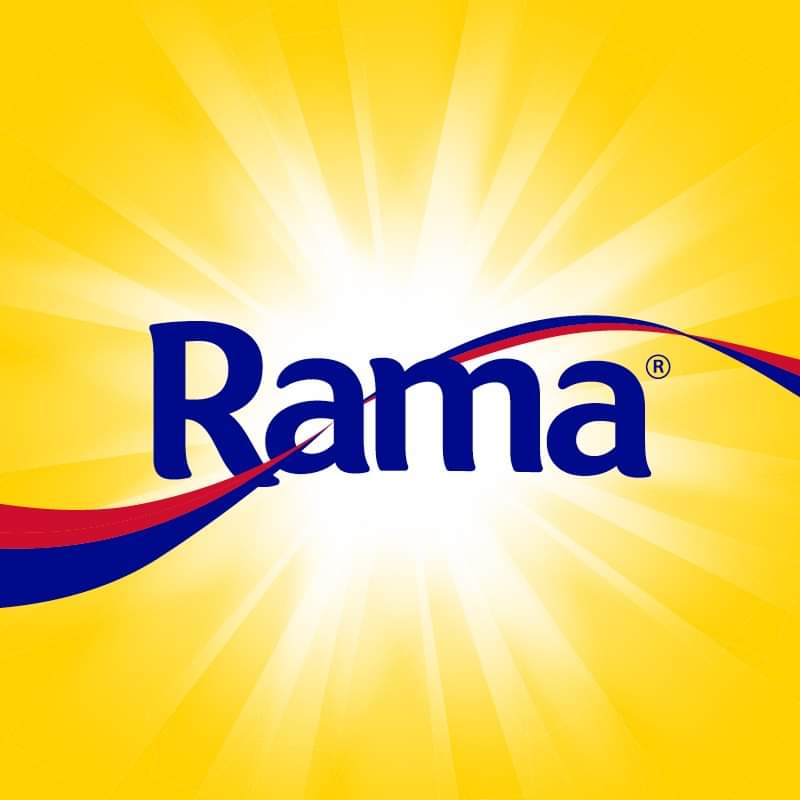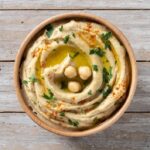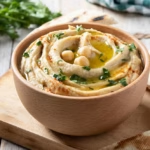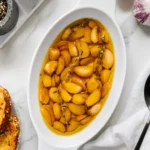Rama, a well-known brand of margarine, has been a staple in kitchens around the world for many years. It’s used for spreading, baking, and cooking, providing a versatile and often more affordable alternative to butter. Here are 15 things you should know about Rama margarine:
1. History and Origins
Rama margarine has a rich history, dating back to the early 20th century. It was first introduced in Germany by Unilever and has since become a popular choice in many households across Europe and beyond.
2. Ingredients
Rama margarine is made primarily from vegetable oils, water, and salt. It often contains emulsifiers, preservatives, and flavorings to enhance its taste and shelf life.
3. Types and Variants
Rama offers a range of products, including traditional margarine, reduced-fat versions, and special formulations for baking and cooking. Some variants are fortified with vitamins and minerals, making them a nutritious option.
4. Health Benefits
Compared to butter, Rama margarine generally contains less saturated fat and no cholesterol, which can make it a healthier choice for those looking to reduce their intake of these components.
5. Dietary Considerations
Rama margarine is suitable for vegetarians and, in many cases, vegans, depending on the specific product. Always check the label to ensure it meets your dietary needs.
6. Spreadability
One of the key features of Rama margarine is its spreadability. It remains soft and easy to spread, even when kept in the refrigerator, making it a convenient choice for sandwiches and toast.
7. Baking and Cooking
Rama margarine is a versatile ingredient in baking and cooking. It can be used in place of butter in most recipes, providing a similar texture and flavor while often being more budget-friendly.
8. Flavor
Rama margarine has a mild, creamy taste that complements a wide variety of dishes. Some versions are flavored to mimic the taste of butter, making them an excellent alternative for those who prefer a buttery flavor.
9. Nutritional Content
Rama margarine is typically lower in calories than butter. It also often contains added vitamins, such as A and D, contributing to its nutritional value.
10. Shelf Life
Rama margarine has a longer shelf life than butter, thanks to its preservatives. This makes it a convenient option for households that may not use spreads quickly.
11. Environmental Impact
The production of margarine, including Rama, generally has a lower environmental impact than butter, primarily due to the use of vegetable oils instead of dairy.
12. Allergen Information
Rama margarine is typically free from dairy, making it a suitable option for those with lactose intolerance or dairy allergies. However, always check the packaging for any potential allergens.
13. Price Point
Rama margarine is often more affordable than butter, making it an economical choice for families and individuals on a budget.
14. Brand Recognition
Rama is a well-recognized and trusted brand in many countries. Its long-standing presence in the market speaks to its quality and popularity among consumers.
15. Versatility
From spreading on toast to using in complex baking recipes, Rama margarine’s versatility makes it a kitchen essential. Its ability to blend seamlessly into a variety of dishes underscores its value as a staple ingredient.
Rama margarine is more than just a butter substitute; it is a versatile, nutritious, and economical option that has earned its place in kitchens around the world. Whether you’re spreading it on bread, baking cookies, or cooking a savory dish, understanding the many facets of Rama can help you make the most of this popular product.








